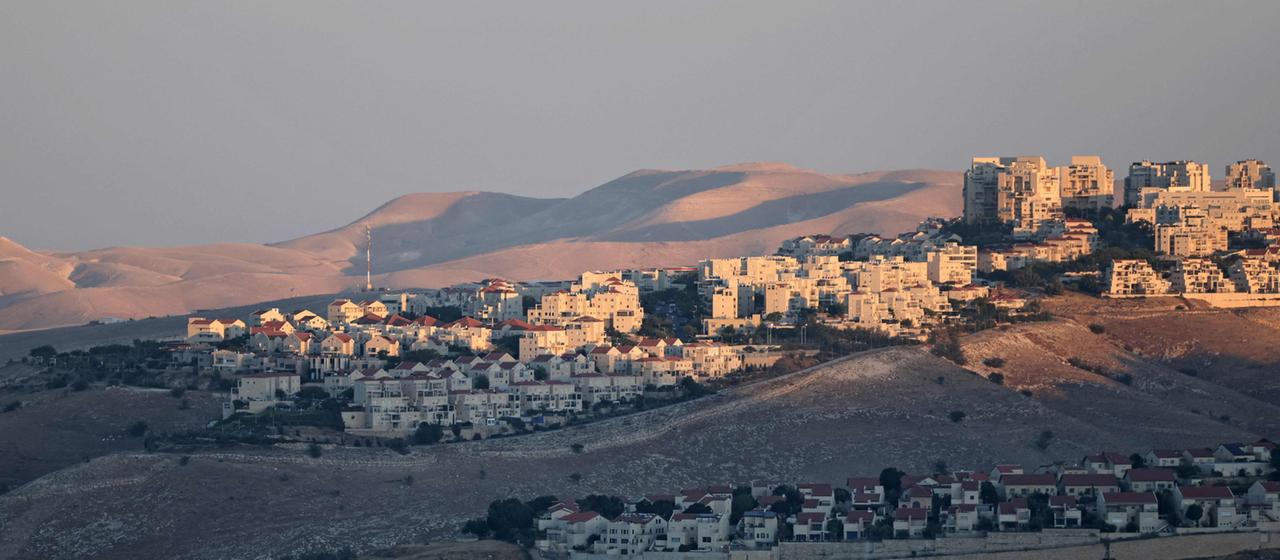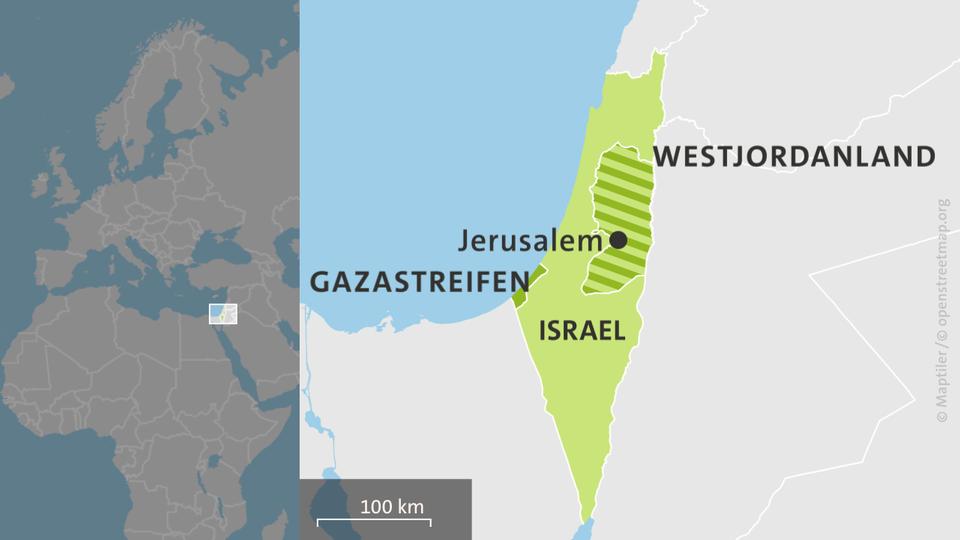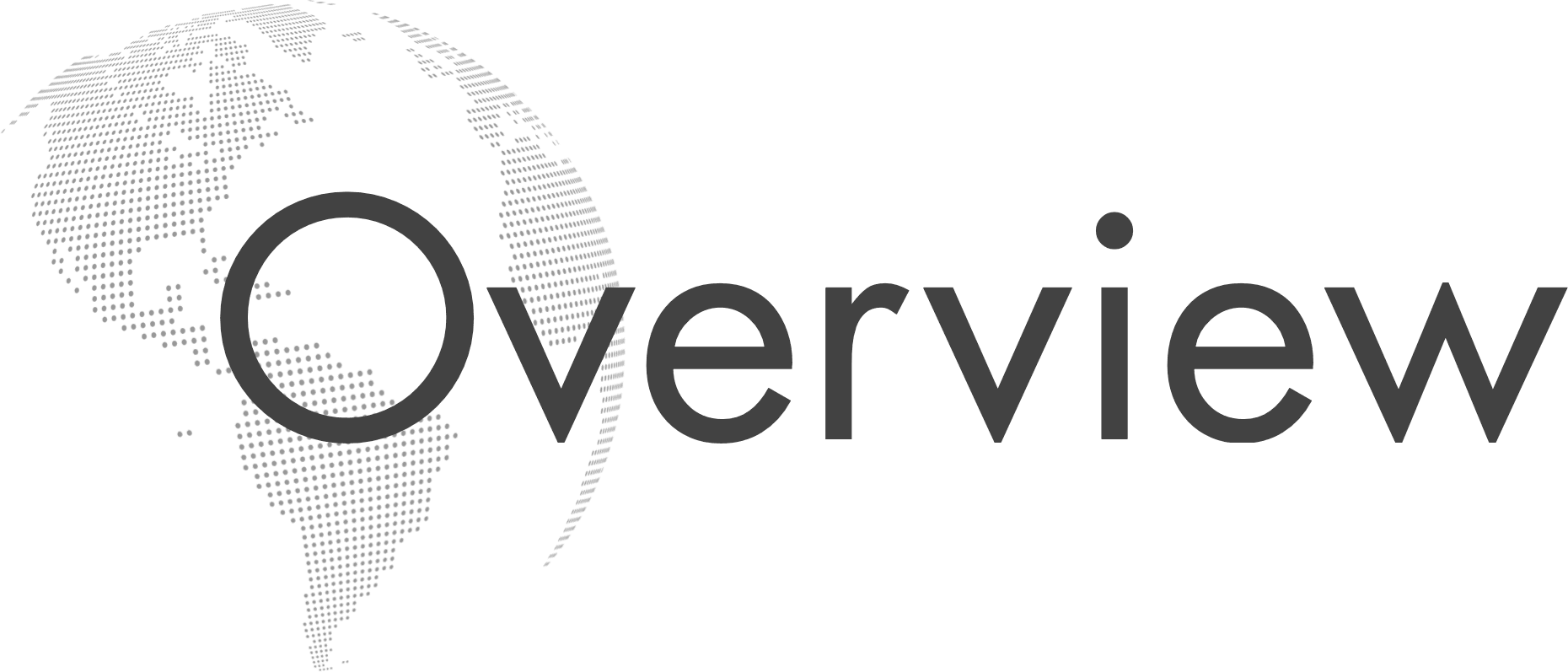
Macron's announcement to recognize a Palestinian state leaves many questions unanswered. Which territories should belong to the state—and how realistic is the French president's plan?
By Clemens Verenkotte, BR
French President Emmanuel Macron caused an international stir with his announcement that he intends to recognize the Palestinian territories as a state at the UN General Assembly debate in September. While Israel and the United States have strongly criticized Macron and Berlin is still waiting to see, Palestinians welcome France's stance.
But what is currently left of the Palestinian territories that would accommodate a future Palestinian state?
Unclear which areas should be recognized
Aaron David Miller, one of the most experienced US Middle East experts, aptly sums up the French president's move:"It's a powerful symbol, but it changes nothing for the Palestinians." Macron's announcement is primarily symbolic, Miller told the New York Times.
And Roger Cohen, a knowledgeable columnist for the New York Times for decades, asks the crucial follow-up question: It is unclear which territories France would recognize as part of a Palestinian state.
The Gaza Strip, the occupied West Bank, and eastern Jerusalem, annexed by Israel in 1981, continue to be referred to as Palestinian territories. However, following the Hamas terrorist attack of October 7, 2023, and the subsequent Israeli war in the Gaza Strip, these Palestinian territories are now further away than ever from being able to form a future common state.
Anything but realistic
In his letter to Palestinian Authority President Mahmoud Abbas, who has long been viewed by many Palestinians as powerless and without influence, Macron writes, among other things, that"trust, clarity, and commitment" are needed now."We will win peace."
Macron's words suggest that he is convinced "that a path to the two-state solution remains," analyzes columnist Cohen in the New York Times, although the prospects of achieving this goal are further away than ever.
It is true that the French President's initiative is currently anything but realistic: the Gaza war continues unabated, the US-led attempts to mediate a ceasefire have once again stalled, and the Israeli hostages are still being held by Hamas.

Areas further apart than ever
In the absence of a post-war political plan, which Israeli Prime Minister Benjamin Netanyahu has not presented since the Hamas terrorist attack, the Palestinian territories are drifting further apart than ever.
According to the UN Office for the Coordination of Humanitarian Affairs (OCHA), 87.8 percent of the Gaza Strip is now a military exclusion zone and forced evacuation zones. Cabinet members of the Netanyahu government—and not just the ultra-right Bezalel Smotrich and Itamar Ben Gvir—see the future of the largely devastated coastal strip without a Palestinian population. They urge the Palestinian population to emigrate"voluntarily."
In the occupied West Bank, home to more than half a million Israeli citizens, the Israeli government plans to grant building permits for 3,400 apartments in the so-called E1 area, bordering East Jerusalem, in early August. This would implement a long-held Israeli government plan to divide the West Bank in half and prevent the development of the Palestinian region between Ramallah and Bethlehem.
The aim is to"bring other Western powers on board"
But what is Macron's intention with his move? According to French scholar Amelie Ferey of the Center for International Relations and Security Policy in Paris, Macron's intention appears to be"first and foremost to make it more difficult for the Israeli government to achieve the goal of a Greater Israel."
As she further explained to the Reuters news agency, Macron's announcement of the Israeli government's"full annexation of Palestine" is making it more difficult. The French president will use the time until his speech at the United Nations in September to"bring other Western powers on board."

